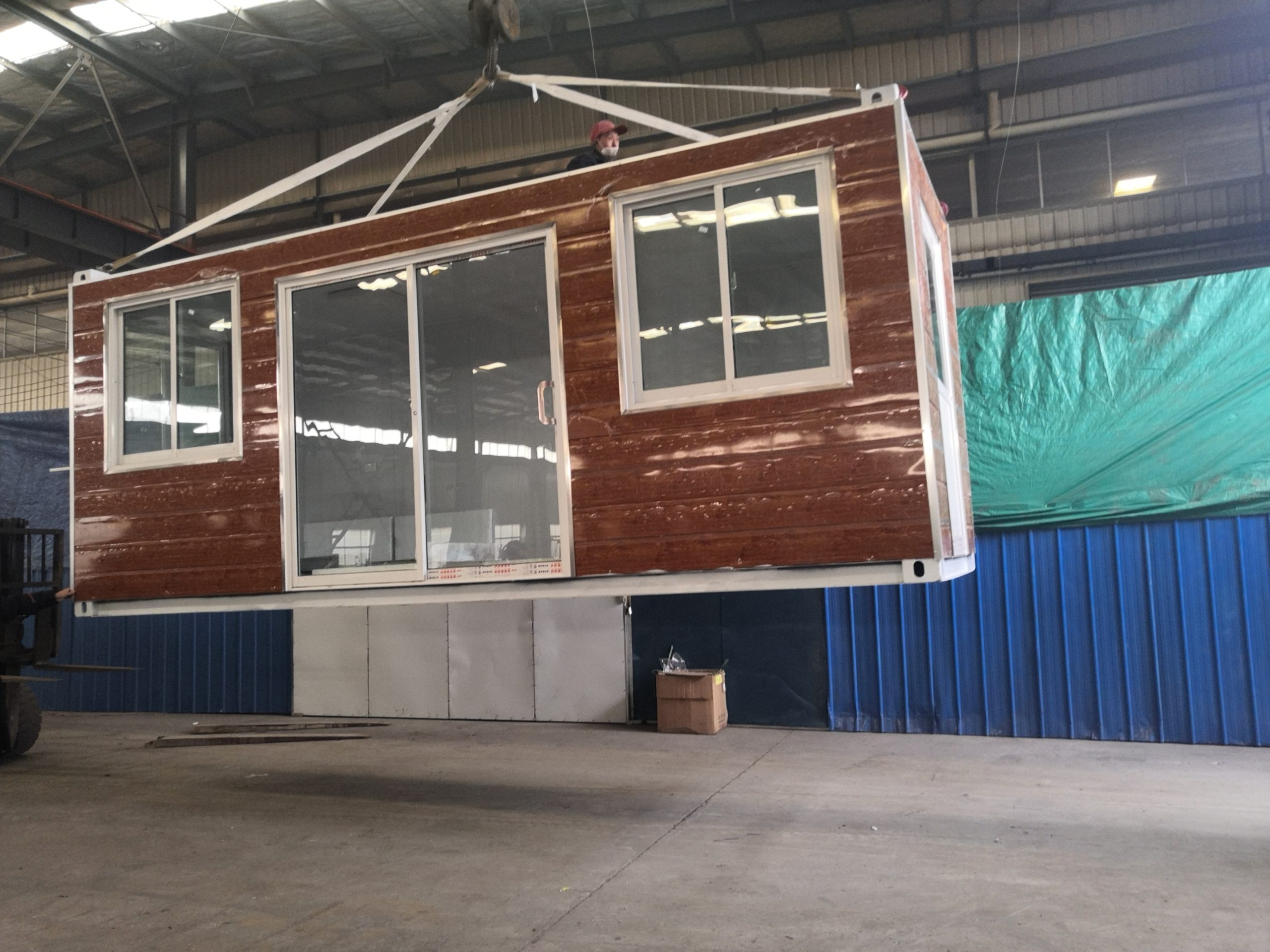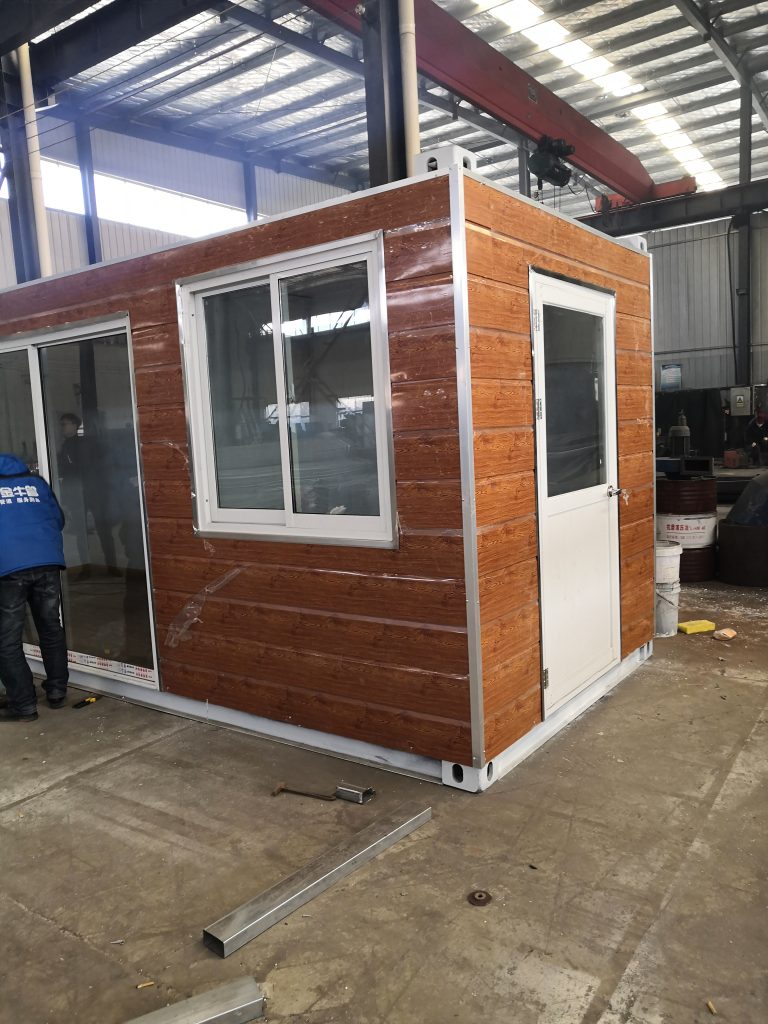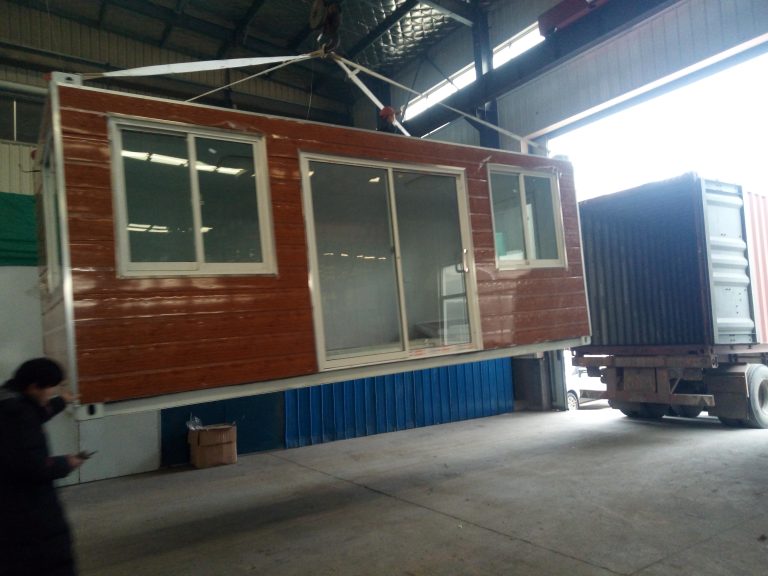Buckling restrained support system of steel structure
Table of Contents
Benefits of Using Buckling Restrained Support System in Steel Structures
Steel structures are widely used in construction due to their strength, durability, and versatility. One key component of steel structures is the support system, which plays a crucial role in ensuring the stability and safety of the entire structure. One type of support system that has gained popularity in recent years is the buckling restrained support system.
The buckling restrained support system is a type of bracing system that is designed to provide lateral support to steel structures. It consists of a steel core that is surrounded by a layer of concrete, which helps to prevent buckling and provides additional strength and stiffness to the structure. This system is particularly effective in high-rise buildings and structures that are subjected to high wind or seismic loads.
One of the main benefits of using a buckling restrained support system in steel structures is its ability to enhance the overall stability and performance of the structure. The concrete layer in the system helps to distribute the lateral loads more evenly, reducing the risk of buckling and increasing the overall stiffness of the structure. This can help to improve the overall performance of the structure and reduce the risk of structural failure during extreme loading conditions.
Another key benefit of using a buckling restrained support system is its ability to reduce the overall weight of the structure. The concrete layer in the system adds additional strength and stiffness to the structure, allowing for the use of lighter and more cost-effective steel members. This can help to reduce the overall cost of the structure and make it more economical to build.
In addition to enhancing stability and reducing weight, buckling restrained support systems also offer improved ductility and energy dissipation capabilities. The concrete layer in the system helps to absorb and dissipate energy during seismic events, reducing the risk of structural damage and improving the overall resilience of the structure. This can help to protect the structure and its occupants during extreme loading conditions, making it a safer and more reliable option for high-risk environments.
Furthermore, buckling restrained support systems are easy to install and maintain, making them a practical and cost-effective choice for a wide range of construction projects. The modular design of the system allows for quick and efficient installation, reducing construction time and labor costs. Additionally, the system requires minimal maintenance once installed, helping to reduce long-term maintenance costs and ensuring the longevity of the structure.
Overall, the buckling restrained support system offers a range of benefits for steel structures, including enhanced stability, reduced weight, improved ductility, and easy installation and maintenance. By incorporating this system into their designs, engineers and architects can create safer, more efficient, and more cost-effective structures that are better equipped to withstand extreme loading conditions. Whether used in high-rise buildings, bridges, or industrial facilities, the buckling restrained support system is a valuable tool for enhancing the performance and longevity of steel structures.
Design Considerations for Buckling Restrained Support System in Steel Structures
Steel structures are widely used in construction due to their strength, durability, and versatility. When designing steel structures, it is important to consider the support system that will be used to ensure the stability and safety of the building. One popular support system for steel structures is the buckling restrained support system.

The buckling restrained support system is a type of bracing system that is used to provide lateral support to steel structures. It consists of a series of steel braces that are designed to resist buckling under lateral loads, such as wind or seismic forces. This system is particularly effective in areas that are prone to earthquakes, as it can help to prevent the structure from collapsing during a seismic event.
When designing a buckling restrained support system for a steel structure, there are several key considerations that need to be taken into account. One of the most important considerations is the design of the braces themselves. The braces must be strong enough to resist buckling under lateral loads, but also flexible enough to allow for some movement in the structure. This balance between strength and flexibility is crucial to the overall performance of the support system.
Another important consideration when designing a buckling restrained support system is the spacing and arrangement of the braces. The braces must be strategically placed throughout the structure to provide adequate support and prevent buckling. The spacing of the braces will depend on the size and shape of the structure, as well as the expected loads that the structure will be subjected to.
In addition to the design of the braces, the connections between the braces and the structure must also be carefully considered. The connections must be strong enough to transfer the lateral loads from the braces to the structure, but also flexible enough to allow for some movement. Properly designed connections are essential to the overall performance of the support system.
One of the advantages of using a buckling restrained support system in steel structures is that it can help to reduce the overall weight of the structure. Because the braces are designed to resist buckling under lateral loads, they can be made lighter and more efficient than traditional bracing systems. This can result in cost savings and a more efficient design overall.
Another advantage of using a buckling restrained support system is that it can help to improve the overall performance of the structure during a seismic event. The braces are designed to absorb and dissipate energy during an earthquake, helping to reduce the impact on the structure and prevent collapse. This can help to protect the occupants of the building and reduce the risk of damage to the structure.
In conclusion, the buckling restrained support system is a valuable tool for designers of steel structures. By carefully considering the design of the braces, the spacing and arrangement of the braces, and the connections between the braces and the structure, designers can create a support system that is strong, flexible, and efficient. This can help to improve the overall performance of the structure and protect it from lateral loads such as wind or seismic forces. By incorporating a buckling restrained support system into their designs, designers can create safer, more resilient steel structures for a variety of applications.







